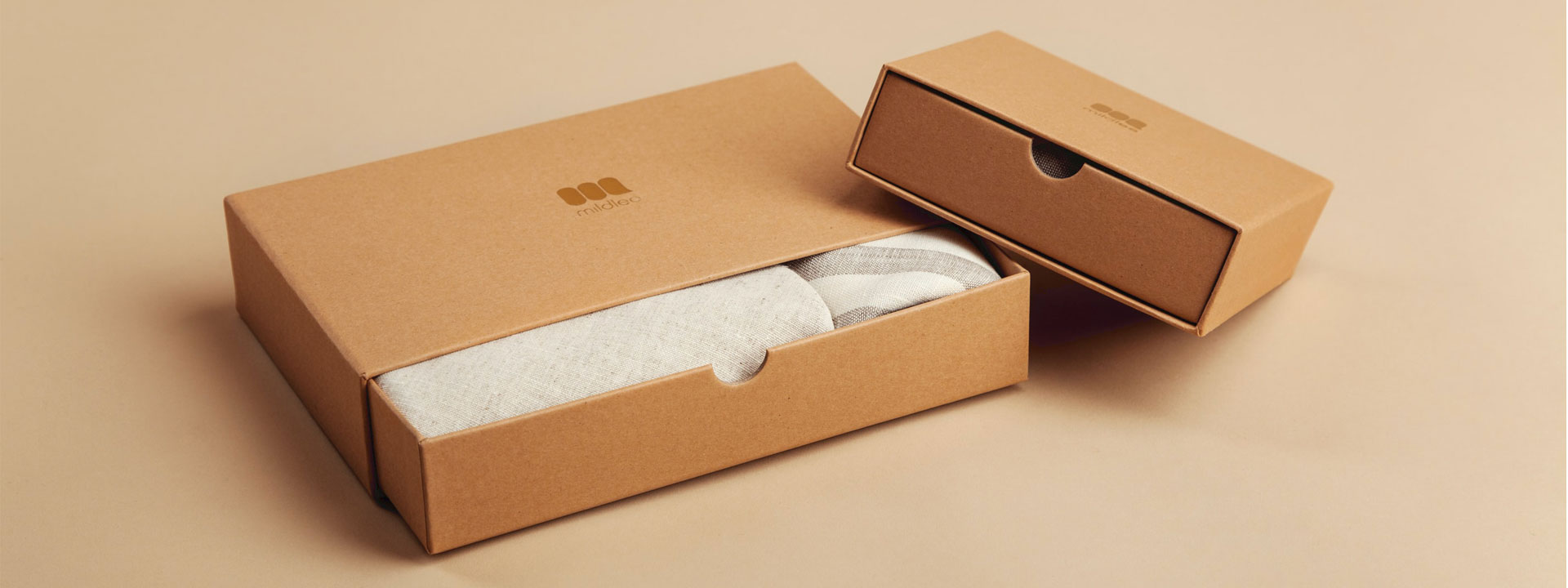|
What is Ozone?
- Ozone is a colourless gas that is naturally present in our atmosphere.
- Ozone is created in the stratosphere when highly energetic solar rays strike molecules of oxygen (O2) and cause the two oxygen atoms to split apart.
- If a freed atom bumps into another O2 molecule, it joins up, forming ozone (O3).
- Ozone has the chemical formula O3 because an ozone molecule contains three oxygen atoms.
- The word ozone is derived from the Greek word “ozein” (in latin) meaning “to smell”.
- Ozone is a form of oxygen.
- The oxygen we breathe in is in the form of oxygen molecules (O2) – two atoms of oxygen bound together. Ozone, on the other hand, consists of three atoms of oxygen bound together (O3).
- Ozone has a harsh odour which can be smelled when there is a storm and lightning comes into contact with oxygen in the air.
- This is why the air smells so clean after a thunderstorm.
- Ozone also forms when waterfalls and waves (H2O) crash onto rocks.
- Ozone is naturally broken down in the stratosphere by sunlight and by a chemical reaction with various compounds containing nitrogen, hydrogen and chlorine.
- These chemicals all occur naturally in the atmosphere in very small amounts.
- In an unpolluted atmosphere there is a dynamic balance between the amount of ozone being produced and the amount of ozone being destroyed.
- As a result, the total concentration of ozone in the stratosphere remains relatively constant.
- For the purification of water and air, it’s needed to produce ozone on-site. Because of its short half-life, ozone will decay quickly after production.
- The half life of ozone in water is about 30 minutes, which means that every half hour the ozone concentration will be reduced to half its initial concentration. For example, when you have 8 g/l, the concentration reduces every 30 minutes as follows: 8; 4; 2; 1; etc.
- In practice the half-life is shorter because a lot of factors can influence the half-life.
- Factors are temperature, Ph, concentration and concentration and sort solutes.
Why is Ozone used to treat water?
- Ozone will do everything that oxygen will do, and it will do it eight times faster.
- Ozone is the greatest biocide that is available.
- It reacts in a big way with water and this makes it a great thing for water treatment.
- When Ozone is applied, as a gas, for drinking water treatment, it is done primarily because of its oxidative strength. This powerful oxidation potential allows ozone to be effective in the reduction or elimination of colour, after taste and odour, all of which may be fundamental problems associated with a specific water supply.
- More importantly, ozone will effectively destroy bacteria and inactivate viruses more rapidly than any other disinfectant chemical.
- The main good quality of using an Ozone water treatment system is that it is able to get rid of the micro-organisms that are found in water.
- Biological films are one of the worst problems facing today’s supply of fresh water.
- By getting the biological agents under some sort of control, the ozone water treatment system can make sure that the water is free from viruses, bacteria, micro-organisms and fungus.
- It can also stop scale deposits from forming and causing hard water to occur.
How is ozone produced commercially?
- Large quantities of ozone are produced commercially in a modern ozone generator, in the same manner that ozone is formed naturally by the discharge of electricity during a thunderstorm.
- The passage of a high voltage, alternating electric discharge (A.C.) through a gas stream containing oxygen will result in the breakdown of molecular oxygen, to atomic oxygen. Some of the atoms of oxygen thus liberated reform into ozone, while others recombine to form oxygen.
- In order to control the electrical discharge and maintain a silent discharge in the gas space, a dielectric space or discharge gap is formed, using a dielectric material such as glass or ceramic.
- A ground electrode, constructed usually in 316L stainless steel (a material which has demonstrated high resistance to ozone induced corrosion in the gas phase) serves as the other boundary to the discharge gap.
- The most frequently employed geometry is that of the cylindrical dielectric (or Silmens type) ozone generator. The cylindrical dielectric is more space efficient than other shapes and consequently more economical to manufacture.
- Ozone produced commercially for oxidation reactions is always produced as a gas, from air at concentrations between 1.0 and 2.0 percent by weight or, from oxygen at concentrations greater than 2% and up to 8% (or greater) by weight.
- Ozone is highly reactive and has a very short life. As such it cannot be stored as gas and transported. Consequently ozone is always generated on site for immediate use.
Advantages of using ozone VS disinfectants and oxidants Ozone has several significant advantages over its chemical alternatives namely :
- It can be generated on site.
- It is one of the most active, readily available oxidizing agents.
- It rapidly decomposes to oxygen leaving no traces.
- Reactions do not produce toxic halogenated compounds.
- It reacts swiftly and effectively on all strains of viruses.
- It acts more rapidly and more completely than other common disinfecting agents do.
|
